What is the LTO restriction code for your LTO driver’s license? The ability to drive a variety of vehicles, such as cars, buses, trucks, motorcycles, etc. The purpose of this blog is to discuss driver’s license codes, requirements, fees, and charges.
Driver’s License Codes
a – The motorcycle
a1 – Bicycle
b – Maximum Gross Vehicle Weight of 5000 Kilograms/8 Seats
b1 – 5000 kilograms gross vehicle weight/nine or more seats
b2 – 3500 kilograms gross vehicle weight goods
c – Gross vehicle weight greater than 3500 kilograms
d – Buses that weigh more than 5000 kilograms and have nine or more seats
BE – 3500 kilogram trailers
CE – Vehicles with combined gross vehicle weight exceeding 3500 kilograms
Qualifications
1. Must be at least 18 years old.
2. Read and write well.
3. Be physically and mentally fit to operate a motor vehicle.
4. Traffic violations have not been unresolved.
5. Those with demerit points (check your LTMS portal account for this information) are prohibited from adding DL codes:
a. If you have 1 – 2 demerits, you need to wait 3 months before you can add new code/s to your license.
b. If you have 3 – 4 demerit points, you must wait six months before adding code/s to your license.
c. If you have 5 or more demerit points, you must wait 1 year before adding code/s to your license.
6. If you wish to add a DL code, you must pass the Automated Theoretical Examination and Practical Driving Test.
7. Use of the new code system for restriction codes and the required holder:
a. Restriction code 1 – you must hold A or A1 for Pro and Non-Pro DL holders. You can add code A1 to your DL if you have code A in your DL.
b. Restriction code 2 or 4 – Pro or Non-Pro DL holders who hold code B, B1, or B2.
c. Restrictions 3 and 5 or DL Code C – Must hold a Probationary Driving License (PDL) Code B2 (RC 2) for at least 4 years.
d. Restrictions 3 and 5 or DL Code C – A 4 year Probationary Driving License (PDL) Code B1 (RC 2) is required.
e. Restriction code 6 or 7 / DL Code BE – Three years of holding B, B1, or B2 (Restriction Code 2).
f. Restriction code 8 / DL Codes CE – 6 months of holding C or D (RC 3) is required.
Requirements
1. Obtain a blank application form for Permits and Licenses (APL) from the LTO site or at the LTO office. When you go to LTO, bring your own ballpen.
2. One original copy and one photocopy of the medical certificate – the original copy is for comparison purposes only.
3. Non-Professional Driver’s License (NPDL) or Original Profession Driver’s License (PDL)
4. Requirements for DL Codes:
The Practical Driving Course (PDC LTO) is not required.
a. In the case of DL Code A or A1 if you already hold a driver’s license with A or A1.
b. If you already hold a B, B1, or B2 on your previous driver’s license.
You will need an equivalent TESDA NC III Certificate or PDC from a driving school if you plan to add codes such as:
a. Code C of the DL
b. Code D of the DL
c. Code BE on the DL
d. CE DL Code
Process
1. Fill out the Application for Driver’s License (ADL) form, then get your queue number.
2. Submit your ADL form, other requirements, and queue number to the evaluator.
3. Payment for the exam should be made at the cashier. To change the classification of expired PDLs from PDL to NPDL and add a Restriction Code (RC1), proceed to step 5.
4. Failure to pass the written/computerized examination ends the transaction for that day. You are welcome to return tomorrow. It is important to note that if you fail the written examination again, you must wait one month before retaking it.
5. After passing the computerized/written exam, proceed to the practical driving test. Nevertheless, if you fail the actual driving test, this also ends the transaction, and you are welcome to return tomorrow.
6. When you pass the actual driving test, wait for your turn to pay.
7. Once you have paid at the cashier, proceed to the section for encoding. They will take your picture, biometric information, and digital signature here.
8. After you receive your OR and drivers license id card, go to the releasing section to confirm you have already received your card by signing in their logbook.
Fees and Charges
Driver’s license in good standing
1. Change the DL code – 100 pesos
2. Computerized or written examination – 100 pesos
3. The practical exam
A. A motorcycle costs 150 pesos
B. The cost of the car is 250 pesos
Note:
If you already own a vehicle, you don’t need to rent one.
4. 500 pesos for the medical certificate
5. Obtaining a license – 250 pesos
A driver’s license that has expired
1. 100 pesos for changing the DL code
2. Computerized/written test – 100 pesos
3. A practical exam will be conducted:
a. A motorcycle costs 150 pesos
b. $250 for the car
Note:
If you own your own vehicle, you won’t need to pay for vehicle rental.
4. 500 pesos for the medical certificate
5. Certificate of License – 585 pesos
Driver’s Education Course (PDC) Code (prices may vary)
1. Price range: 1,500-2,500 pesos
2. Price code 2/B – 2,500 to 4,500 pesos
3. Price range is 4,000-5,000 pesos for code 3/C
4. 6000 to 8,000 pesos for code D
5. 8000 to 10,000 pesos for code BE
6. 10 to 12 thousand pesos for code CE
Conclusion
Understanding LTO driver’s license codes, qualifications, requirements, and fees is crucial for a smooth licensing process. Adhering to regulations, passing examinations, and meeting necessary criteria ensure responsible and competent drivers contribute to road safety. Stay informed and follow the outlined procedures for a successful licensing experience.

 Blog2 weeks ago
Blog2 weeks ago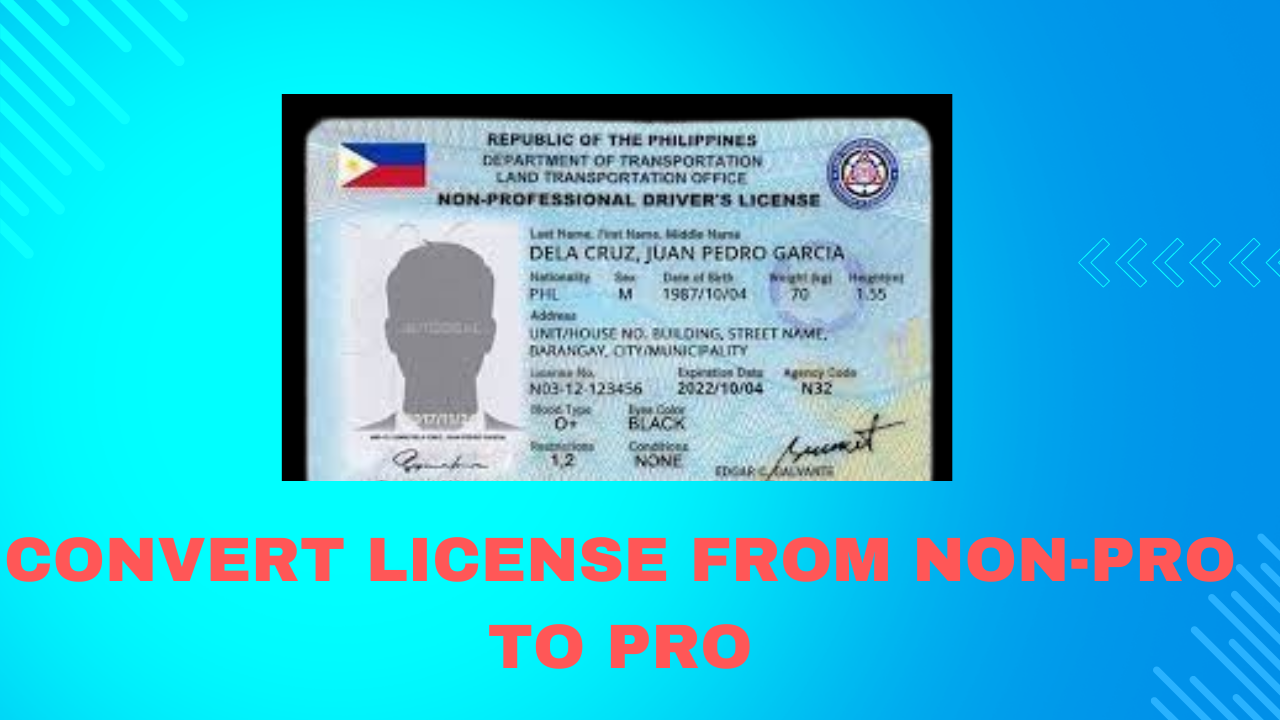
 Driving License8 months ago
Driving License8 months ago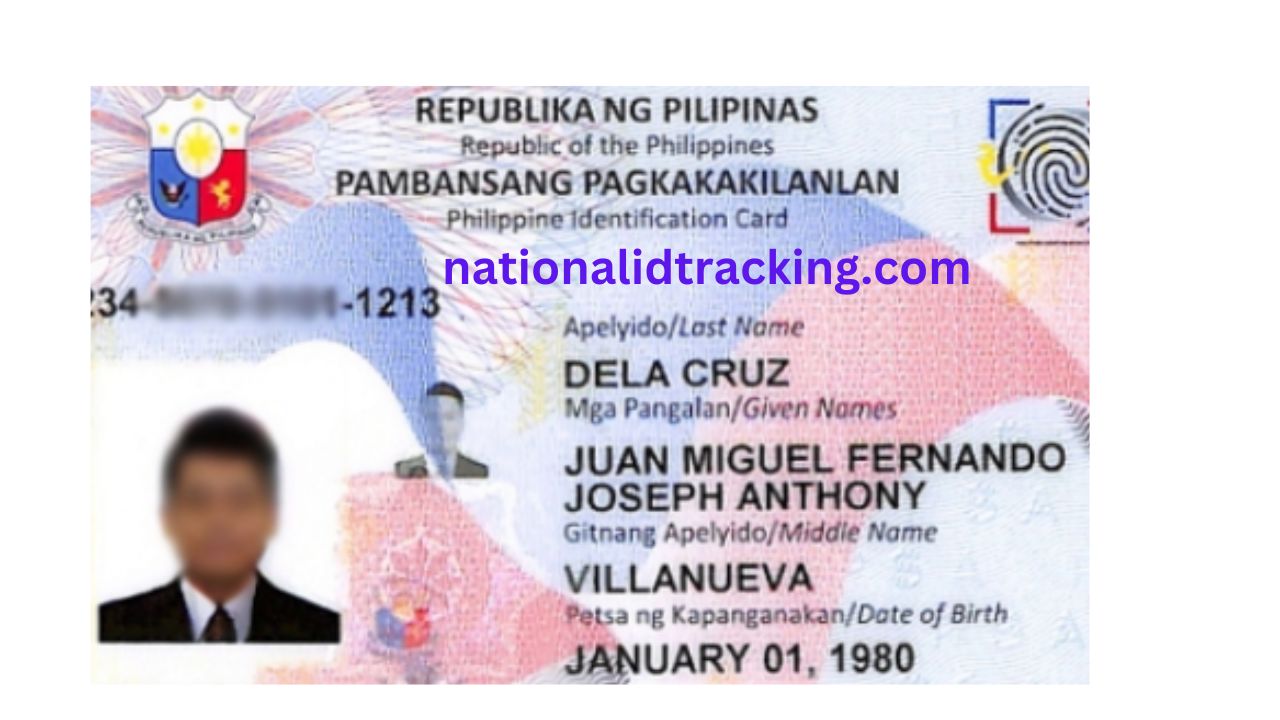
 Blog3 weeks ago
Blog3 weeks ago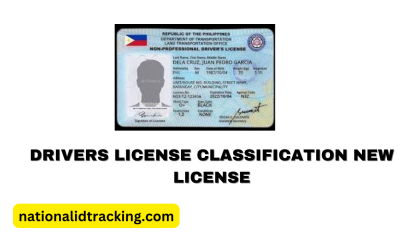
 Driving License7 months ago
Driving License7 months ago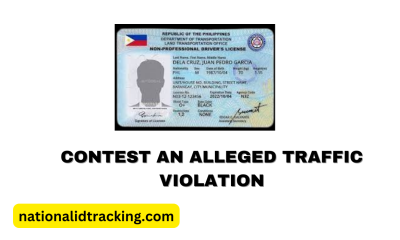
 Driving License7 months ago
Driving License7 months ago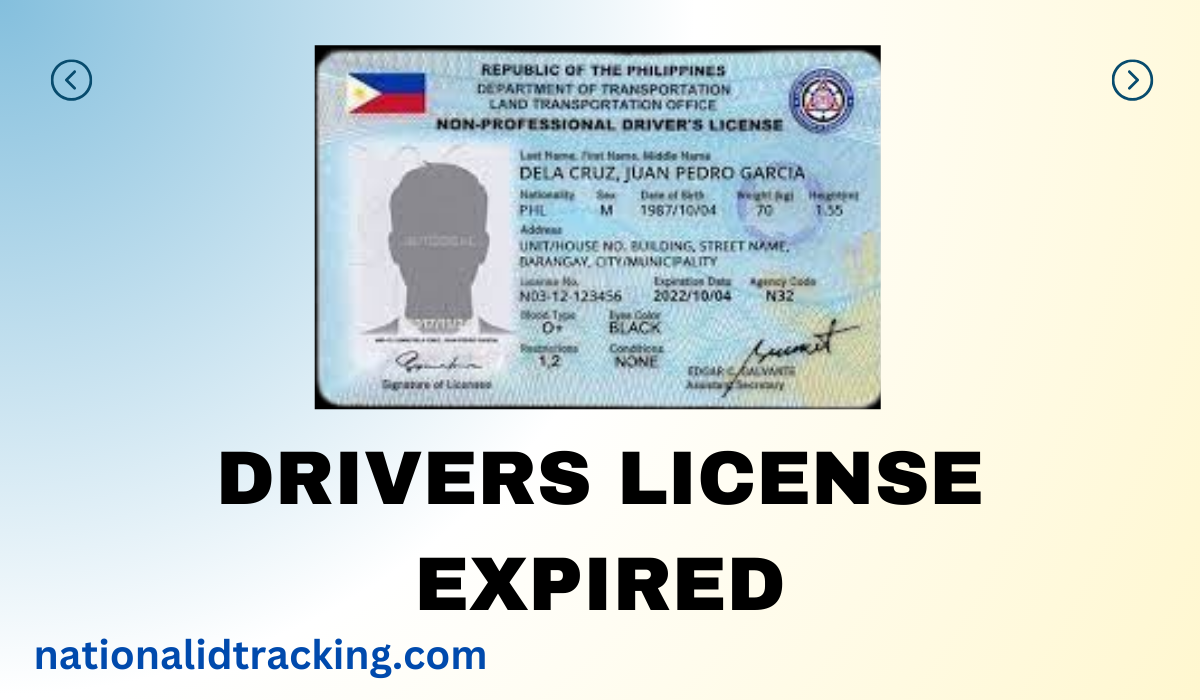
 Driving License7 months ago
Driving License7 months ago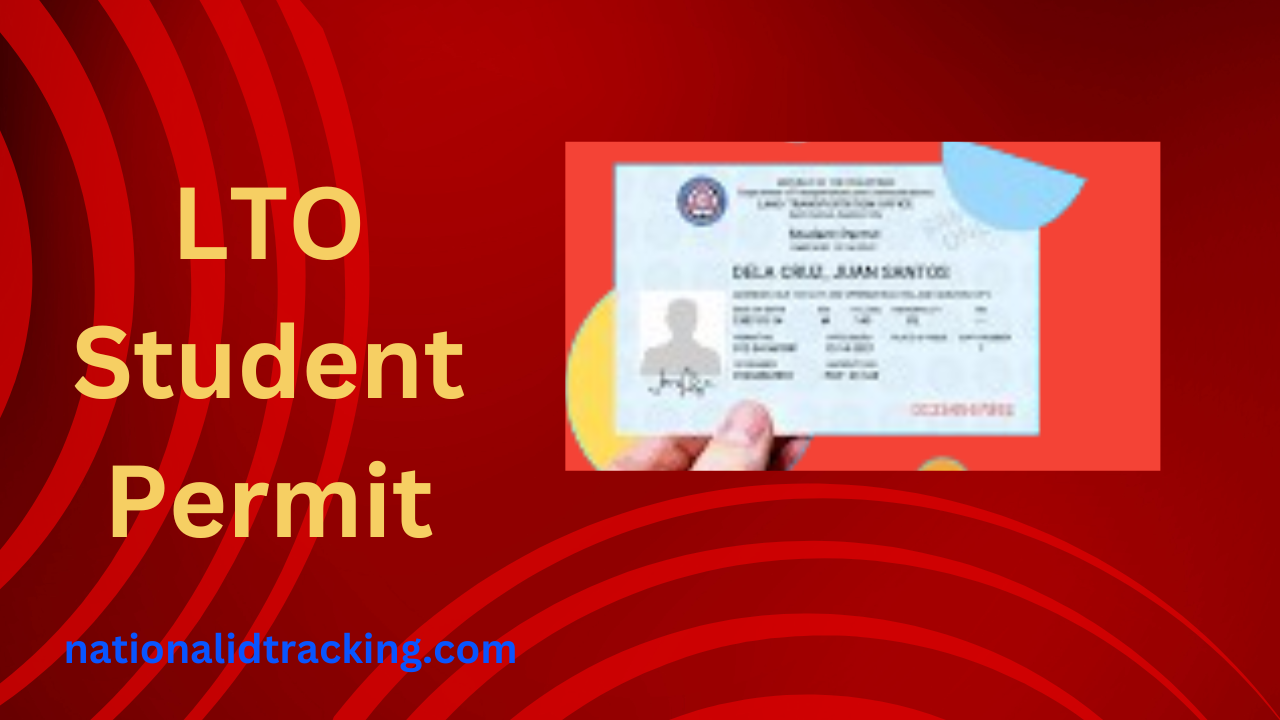
 Driving License8 months ago
Driving License8 months ago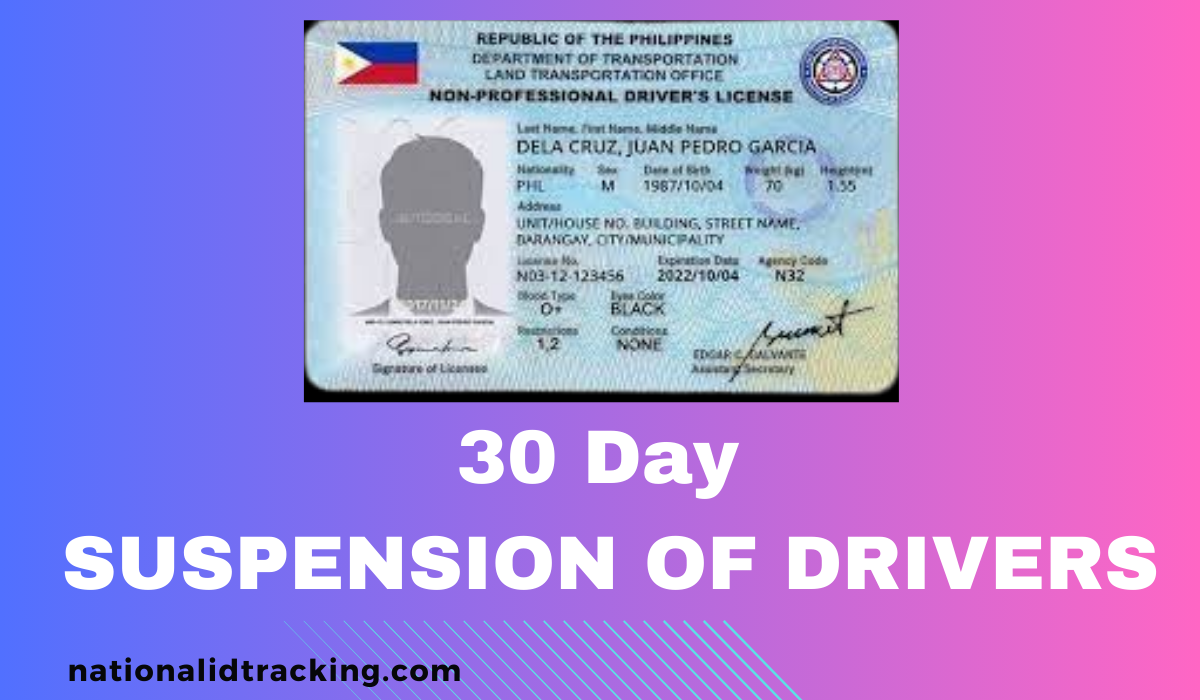
 Driving License7 months ago
Driving License7 months ago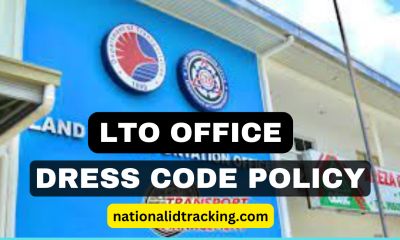
 Driving License5 months ago
Driving License5 months ago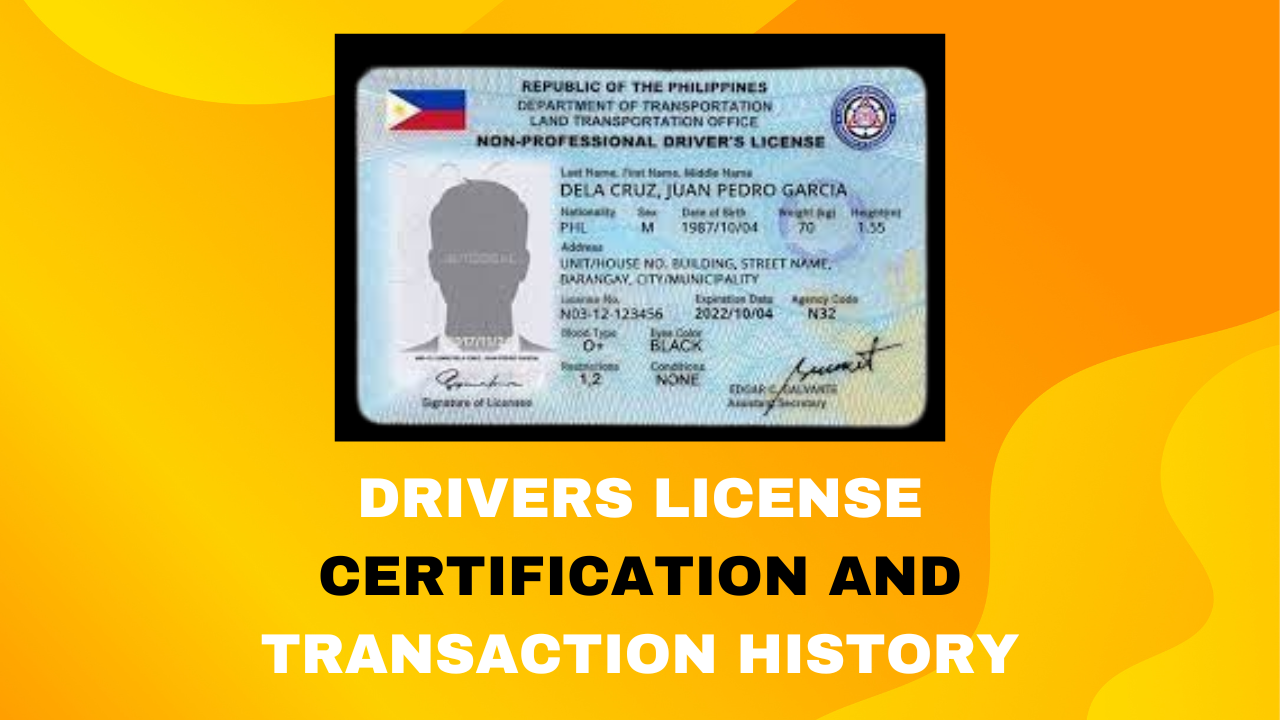
 Driving License8 months ago
Driving License8 months ago
 Blog2 weeks ago
Blog2 weeks ago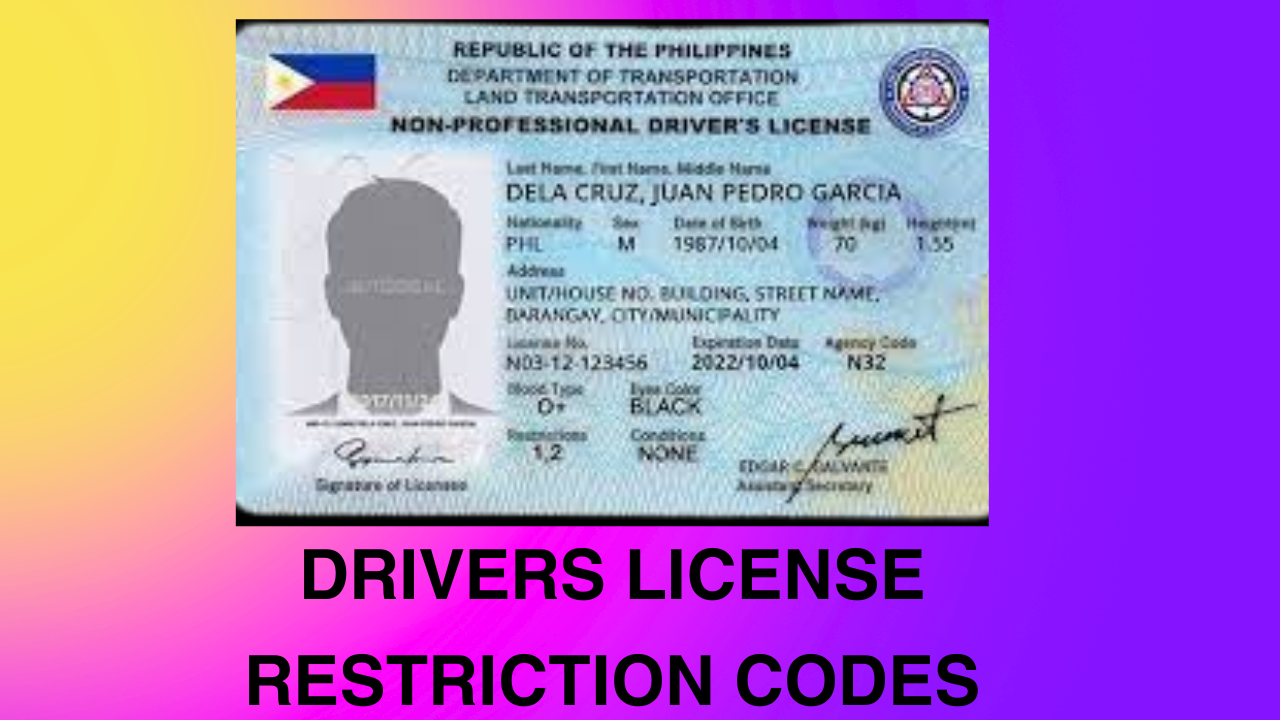
 Driving License8 months ago
Driving License8 months ago